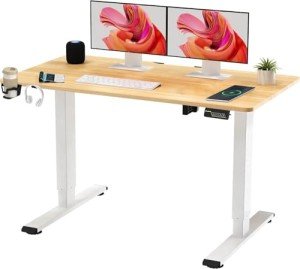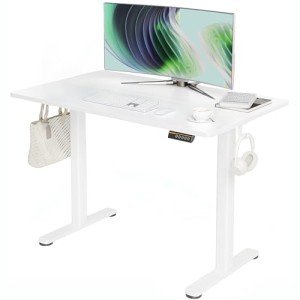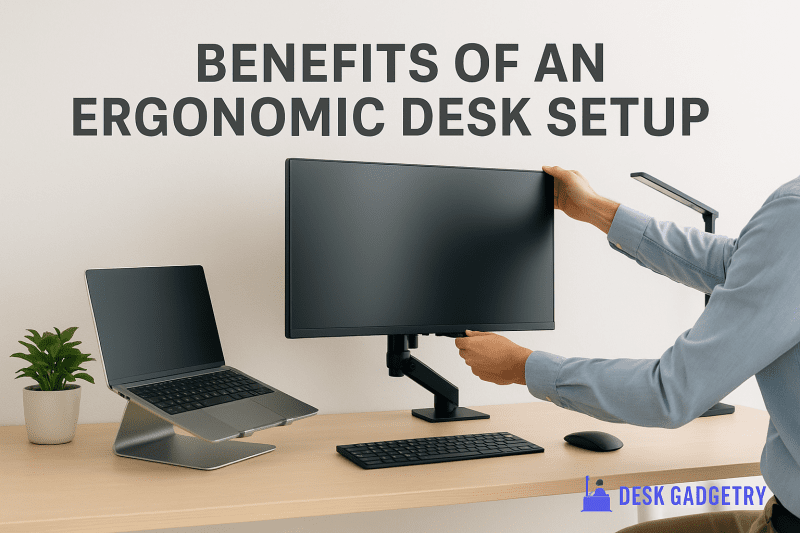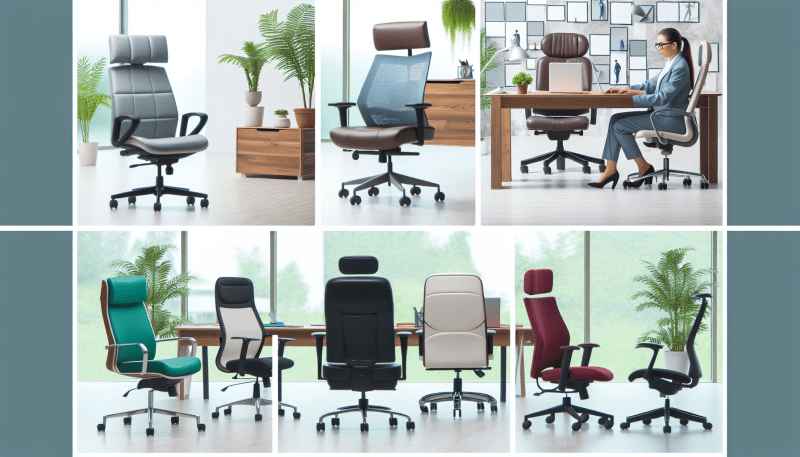Let’s face it, spending all day sitting at a desk isn’t exactly the most comfortable setup. A standing desk can change all that! Imagine being able to switch from sitting to standing whenever you feel like it. This flexibility can help improve your posture and keep energy levels up throughout the day.
One of the best parts about standing desks is that they come in all shapes and sizes. Whether you prefer a manual crank or an electric lift, there’s a desk that fits your style. Many even offer a range of height adjustments, making it easy to find the perfect level for you.
Using a standing desk doesn't mean you have to stand all day. It’s great for alternating positions – stand for a while, then sit. Just remember to invest in a good anti-fatigue mat if you're standing for longer periods. Your feet will thank you!
Don’t forget about organization. A clean workspace contributes to productivity. Standing desks often have cable management systems, so you can keep cords organized and avoid that tangled mess. Plus, it gives a sleek look to your setup!
Benefits of Standing Desks for Health
Standing desks are gaining popularity, and for good reason! Making the switch offers some neat health benefits that can really change the way you feel throughout your workday. It’s all about finding that balance between standing and sitting, and a standing desk helps with just that.
First off, using a standing desk can help to improve your posture. If you often find yourself slouching or hunching over your keyboard, a standing desk encourages you to stand tall. This can lead to less strain on your back and neck, reducing discomfort over time.
Another great advantage is the boost in energy and productivity. Many users find that standing up while working helps them feel more alert and focused. You might find it easier to concentrate on tasks when you’re on your feet, which can lead to getting more done during the day.
Let’s not forget about the health perks! Standing more throughout the day may help in managing weight and lowering the risk of certain health issues, like heart disease. It’s like a gentle reminder to move more, sneak in some extra calories burned, and keep your body feeling more active.
Last but not least, switching to a standing desk can give you options. You can always adjust the height to sit or stand, making it easy to alternate between both positions. That flexibility means you can listen to your body and give it what it needs throughout your work hours.
Choosing the Right Standing Desk
First things first, think about your space. Do you have a dedicated office, or are you working from a cozy corner in your living room? Measure the area where you plan to set up your desk. You want something that fits comfortably without crowding your space.
Next up, height adjustment is key. Adjustable desks are fantastic because they let you change the height according to your preference, no matter if you’re sitting or standing. This way, you can switch things up whenever you feel like moving a bit!
Also, consider the materials and design. Do you want something sleek and modern, or are you into a more rustic look? Ensure the desk is sturdy enough to hold your computer and other essentials without wobbling. A durable desk can make all the difference for your productivity.
Lastly, think about any extra features you might want, like built-in cable management or storage solutions. These little touches can help keep your workspace tidy and organized, making your work life a whole lot easier!
Tips for Smooth Transition to Standing
Making the switch to a standing desk is exciting, but it can also be a bit of a challenge at first. Here are some practical tips to help you ease into it and make the most of your new setup.
Start Slow: If you’re used to sitting all day, jumping straight into standing for eight hours can be tough. Try standing for 30 minutes at a time and gradually increase the duration as your body gets used to it. Listen to your body—if you feel tired or uncomfortable, sit back down.
Get Comfy: Invest in a good anti-fatigue mat. It can make a huge difference when standing. Wearing supportive shoes helps too. Your feet and back will thank you!
Mix It Up: Standing doesn’t mean you have to stand still! Adjust your posture frequently and shift your weight from one foot to another. You can even put a small footrest underneath your desk to alternate your foot position, which can help keep things comfortable.
Stay Active: Remember to take breaks every hour or so. Stretch your legs, walk around, or do a few light exercises. Movement encourages blood flow and helps reduce any stiffness from standing.






